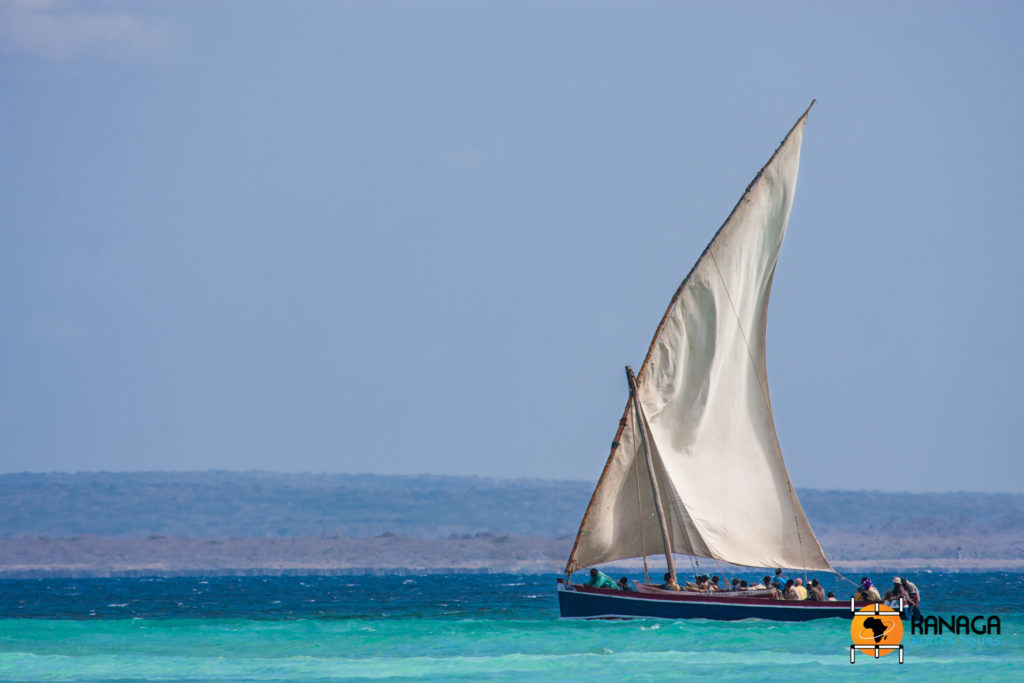Off the northern coast, on a vast stretch of sea between the immense bay of Pemba and Cape Delgado, on the border with Tanzania, there is a succession of some 30 islands that form the Quirimbas Archipelago, like small precious gems set in a turquoise sea tinged with blue.
An unspoilt natural paradise, the southernmost islands are part of the National Park of the same name, which also includes a vast area on the mainland inhabited by wild animals such as lions and elephants. An extraordinary context of biodiversity opens up to marine landscapes characterised by tropical forests, mangrove channels, tongues of white sand fringed with palm trees, coral reefs that make the water surreally transparent and colourful seabeds teeming with aquatic life, under the watchful eye of myriad birds. Seen from above, they look like emeralds of vegetation, mounted on rings of white sand, and set in a sea of exceptional hues. Many of the islands are uninhabited and totally unspoilt, and were declared a Biosphere Reserve by UNESCO in 2018. On the main islands, where a total population of around 50,000 lives, time seems to have stood still.
Metundo, Vamizi, Matemo (the northernmost), Sencar, Mefunvo, Quisiva, Medjumbe, Quirimba, Quilálea, and many others, each with its own characteristics, among which the pearl of Ibo stands out, the main island and the base from which excursions to the other islands depart. With a Kimwani language (similar to Swahili) and a culture that absorbed the Indo-Arabic-Portuguese influences of past centuries, the inhabitants of this island are Muslims, mainly dedicated to fishing with dhows and a simple life among the rice fields, coffee plantations and wild nature, among traditional huts and crumbling colonial buildings, reduced to little more than ruins. Ibo truly has a special charm, decadent and attractive at the same time, where past and present mingle with paradisiacal natural scenarios, suspended in an indefinite dimension of time. The scenery is dominated by the bastions of Sao Joao-Baptista Fort, San José and Santo Antonio, from which one can enjoy an enchanting view of the many colours of the nearby Quirimba island, so close that it can be reached on foot at low tide. The characteristic main market and the craft shops are a touch of liveliness, along with the noisy children playing in the streets. For the rest, the island lives at the slow pace of the tides, among colonial legacies suffocated by the roots of the trees and swallowed up by the colourful bougainvillea.







